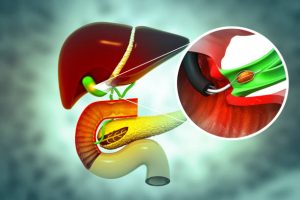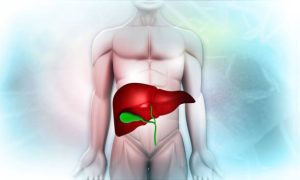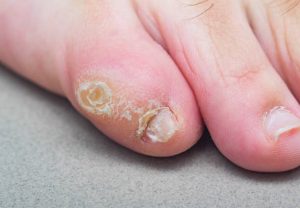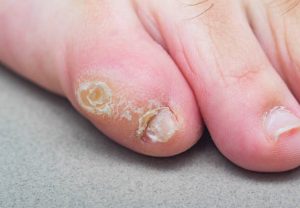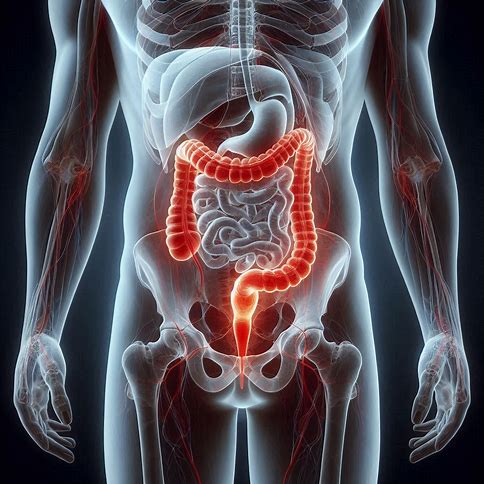
Appendix
The appendix is a small, tube-shaped pouch attached to the large intestine, located in the lower right abdomen. Its exact function is not well understood, but it is thought to play a role in gut flora and immune function.
Types:
- Normal Appendix: The typical anatomical structure without inflammation or disease.
- Inflamed Appendix (Appendicitis): The most common condition associated with the appendix, characterized by inflammation and infection.
Causes of Appendicitis:
- Obstruction: Blockage due to stool, foreign bodies, or tumors can lead to inflammation.
- Infection: Gastrointestinal infections can trigger appendicitis.
- Inflammatory Bowel Disease: Conditions like Crohn’s disease may cause inflammation of the appendix.
- Genetics: A family history of appendicitis may increase the risk.
Symptoms of Appendicitis:
- Abdominal Pain: Typically starts near the belly button and shifts to the lower right abdomen.
- Nausea and Vomiting: Often occurs after abdominal pain begins.
- Loss of Appetite: Reduced desire to eat.
- Fever: Mild fever may develop as the condition worsens.
- Constipation or Diarrhea: Changes in bowel habits can occur.
- Bloating and Gas: Increased gas and abdominal discomfort.
Prevention:
- Dietary Fiber: A diet high in fiber may reduce the risk of appendicitis by promoting healthy bowel movements.
- Regular Physical Activity: Staying active can promote digestive health.
- Hydration: Drinking enough fluids helps maintain bowel regularity.
- Avoiding Constipation: Managing bowel health can reduce the risk of blockage in the appendix.
Risk Factors:
- Age: Most common in people between 10 and 30 years old.
- Family History: A family history of appendicitis increases the likelihood.
- Male Gender: Males are more likely to develop appendicitis than females.
- Diet: Low fiber intake and high-fat diets may increase risk.
Diagnosis:
- Physical Examination: A healthcare provider will assess symptoms and tenderness in the abdomen.
- Blood Tests: Elevated white blood cell count can indicate infection.
- Imaging Tests:
- Ultrasound: May be used, especially in children and pregnant women.
- CT Scan: A more definitive test to confirm appendicitis.
- Urinalysis: To rule out urinary tract infections or kidney stones.
Home Remedies (for prevention):
- Increase Fiber Intake: Consume fruits, vegetables, whole grains, and legumes.
- Stay Hydrated: Drink plenty of water to support digestive health.
- Probiotics: Incorporating yogurt and fermented foods can promote gut health.
Treatment:
- Surgery (Appendectomy): The primary treatment for appendicitis, which may be done laparoscopically or via open surgery.
- Antibiotics: Given before and after surgery to treat infection.
- Pain Management: Medications to relieve pain.
Precautions:
- Recognize Symptoms Early: Seek medical attention if experiencing symptoms of appendicitis.
- Avoid Self-Medication: Do not take laxatives or apply heat to the abdomen, as these can worsen the condition.
- Monitor Bowel Health: Regular check-ups for digestive health can help identify issues early.
Self-Care:
- Rest: Adequate rest and avoiding strenuous activities if experiencing abdominal pain.
- Follow Medical Advice: Adhere to post-operative care instructions if an appendectomy is performed.
- Gradual Diet Introduction: After surgery, reintroduce foods slowly as directed by a healthcare provider.
- Stay Hydrated: Maintain good hydration to support recovery.
Disclaimer:
The appendix can become inflamed and lead to serious complications if not treated promptly. If you experience symptoms of appendicitis, such as severe abdominal pain, nausea, or fever, seek medical attention immediately. Home remedies may help prevent appendicitis but are not substitutes for professional medical care. Always consult a healthcare provider for diagnosis and treatment options.

